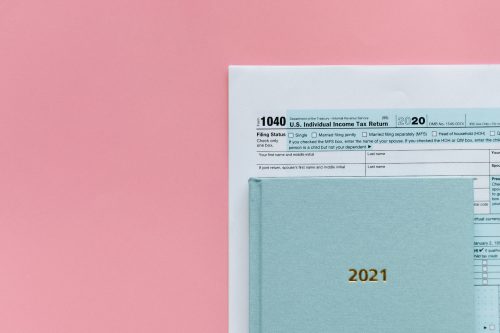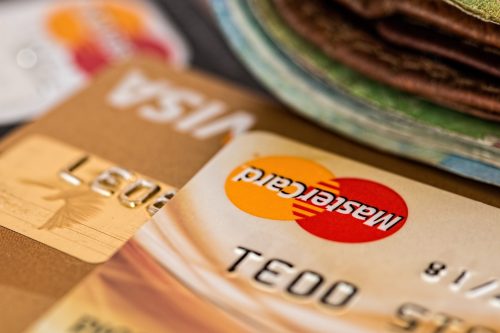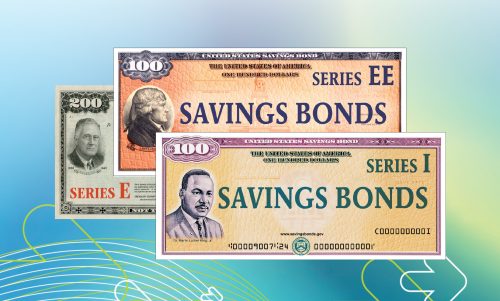- Your credit utilization ratio refers to how much of your total credit you’re using.
- A credit utilization ratio of 30% or less is considered ideal.
- There’s a strong correlation between your credit utilization ratio and your credit score.
Your credit score is one of the most critical components of your financial life. Understanding everything that contributes to it, such as your credit utilization ratio, can help you take action to maintain and improve your score.
So what is credit utilization? Credit utilization refers to how much of your total credit limit you’re using, and your credit utilization ratio is that figure expressed as a percentage. A lower credit utilization rate suggests that you’re likely spending within your means. That bodes well for lenders and helps keep your credit score healthy.
Dive into this article to learn more about credit utilization ratios, what they mean and how to improve yours.
What is a credit utilization ratio?
Your credit utilization rate is effectively your debt-to-credit ratio. For example, say you have a credit card with a revolving credit limit of $50,000, and you have $10,000 in credit card debt. Your credit utilization ratio — also referred to as your credit utilization rate or credit usage ratio — would be 20%.
Calculating your credit utilization ratio can help you better understand your credit health. Credit rating agencies typically recommend keeping your credit utilization rate below 30% to maintain a good credit score. To improve your ratio, you need to pay down debt or — in some cases — request a higher credit limit or open another credit card.
Even though requesting a higher credit limit or opening another credit card sounds like the opposite of what creditors would want, credit scores are derived from an algorithm that does not consider the amount of credit offered to you as much as your percentage of utilization. Therefore, having more available credit and having the same spend actually lowers your credit utilization percentage.
How to calculate your credit utilization ratio
Calculating your credit utilization ratio is pretty straightforward. First, you need to determine how much total revolving credit — which is credit that’s always available to you, unlike a car loan or mortgage — you have in your name. Then you’ll need to know how much debt you have on each card.
To determine your credit utilization ratio across all your credit cards and lines of credit, use the following equation, which divides your total revolving debt by your total credit limit:
(Total revolving debt) \ (Total credit card limit)
You can determine credit utilization on both a per-account basis and overall. Most credit scoring models will consider both.
Credit utilization example
Using the above equation, let’s determine a couple of credit utilization ratios as examples. Let’s say you have two credit cards, each with a different amount of credit available. One has a credit limit of $50,000, and another has a limit of $25,000. Your total available credit is $75,000.
Now, if you have $10,000 of debt on the $50,000 card, and $2,500 on the $25,000 card, then the total balance of your debt is $12,500. Dividing $12,500 by $75,000 reveals that your credit utilization ratio across both cards is 17%. On a per-card basis, it’s 20% for the higher limit card and 10% for the lower limit card.
From our explanation above, let’s now say that you ask the issuer for the $25,000 card to extend your available credit to $35,000. If you continue to only spend $12,500 on the two cards together, your new credit utilization ratio would be $12,500 / $85,000 = 14.71%. You have not changed your spending habits, but now you look like a less risky borrower.
What is a good credit utilization ratio?
Many lenders and financial experts consider a total credit utilization ratio of less than 30% as the ideal target. However, this isn’t a hard-and-fast rule, and it can vary based on the lending organization and the type of credit or loan you’re considering.
| Lenders use credit utilization ratios to determine whether a borrower can use credit responsibly, without overspending or going into too much debt. |
Because a lower credit utilization rate is usually considered better, a rate of 10% or 5% would be more desirable than 40% or 50%. However, a rate of zero may suggest that you don’t have a long credit history. In many cases, demonstrating some credit utilization is better than having no track record at all. It also gives lenders a way to see how well you do with paying back debt, so using your credit cards a little each month is beneficial, even if you prefer to use a debit card or cash for the majority of your purchases.
How credit utilization affects your credit score
There’s a strong correlation between your credit utilization ratio and your credit score. When checking your credit report, keep in mind that while credit usage isn’t the only factor affecting your credit score, it plays a significant role in credit scoring models like FICO and VantageScore. For example, your credit utilization ratio accounts for 30% of your FICO Score 8 and 20% of your VantageScore (3.0 and 4.0).
Both poor credit utilization ratios and good credit utilization ratios affect your credit score. Here’s how each can lead to either a good credit score or one that needs improvement:
- A high credit utilization ratio can hinder your credit score: If you have a high credit utilization ratio, you may be carrying a high balance on your credit cards. That can lead to a higher credit utilization rate and lower credit score.
- A low credit utilization ratio can help improve your credit score: That generally means that you’re using a small amount of your total available credit, a strategy that can help boost your credit score.
How to improve your credit utilization ratio
Once you understand your credit utilization ratio and what it entails, then you can take action to maintain or improve it. Here are some steps for improving your credit utilization ratio:
- Pay off your credit card balance in full each month. By doing so, you can keep the percentage of total credit that you’re using lower.
- Increase your available credit. You can request increases to your credit limit, while keeping your spending the same.
- Spread payments across credit cards/lines of credit. Lastly, you can divvy your spending between multiple cards so that one card doesn’t have a high credit utilization ratio.
Your credit utilization is an essential component of your overall credit score, so understanding why it matters and how you can achieve a lower credit utilization rate can help you maintain or achieve a good credit score. With a good credit score, you can gain access to credit when you need it, helping you achieve your money management goals with confidence.










